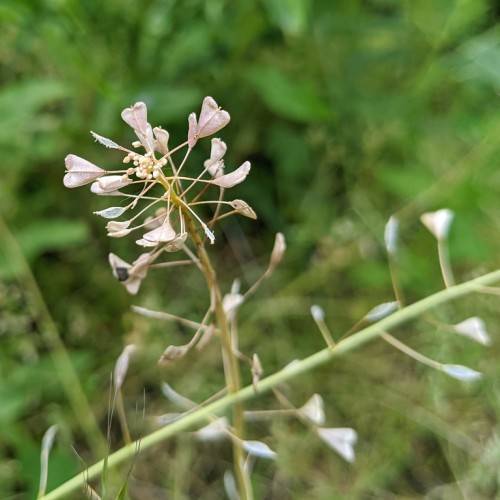
Common Shepherd's Purse
Capsella bursa-pastoris
Watering:
Average
Hardiness Zone:
Sun:
full sun
Cones:
Yes
Leaf:
Yes
Growth Rate:
Low
Drought Tolerant:
Yes
Salt Tolerant:
Yes
Care Level:
Medium
watering
Watering for Hemp (Cannabis sativa) depends on the season and soil type. In the warmer months, hemp plants require about 6 inches of water per week. In the cooler months, hemp plants require just enough water to keep the soil slightly moist. Watering should be done deeply and slowly to ensure the water is penetrating deeply into the soil and not just running off the surface.
sunlight
Hemp plants need a minimum of 6 hours of direct sunlight per day to thrive and grow optimally. However, up to 8–12 hours of sunlight per day is best for a hemp plant’s growth. When grown outdoors, hemp plants should receive full sun for the majority of the day during the summer months, and at least 4 hours of direct sunlight per day during the winter months. Hemp plants can be placed in bright, indirect sunlight when indoors and should have their lights turned on for 12–16 hours each day.
pruning
Pruning hemp (Cannabis sativa) plants is an essential part of keeping them healthy. Pruning should be done when the plants reach a height of 1 to 2 feet (or 30 cm - 60 cm) from the ground. This is usually when the plants are about 2 to 3 months old. Pruning should be done carefully and systematically to ensure that plant can handle the pruning without being damaged. Once pruning has been completed, it is important to fertilize the plant to encourage new growth.
